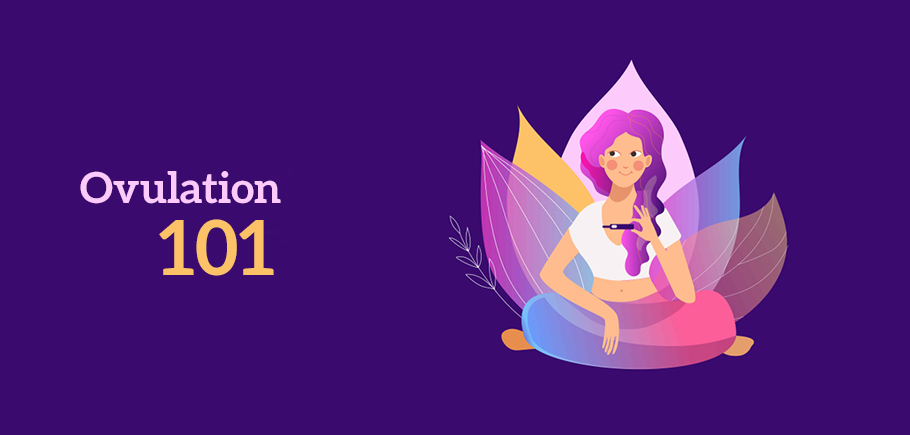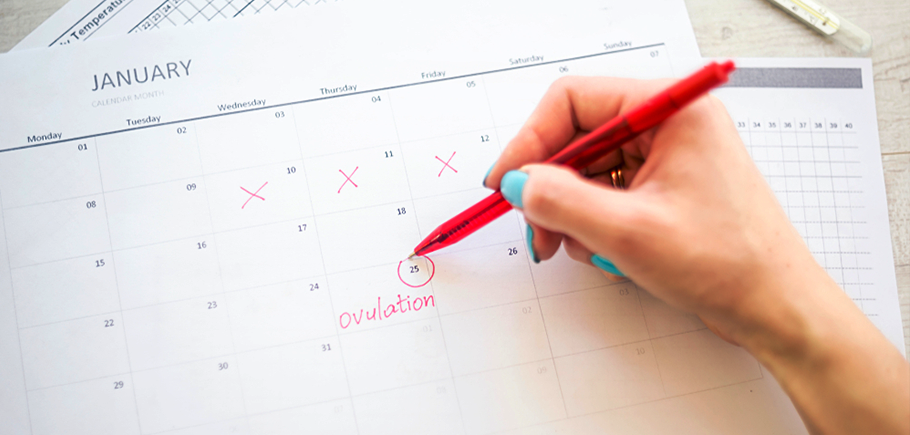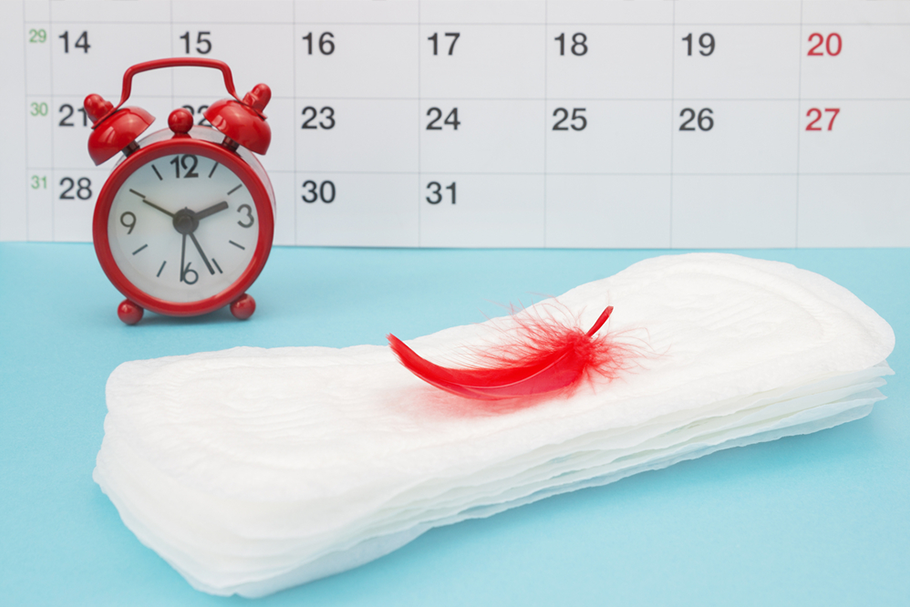Ovulation:
Ovulation occurs when the ripe egg is effectively ejected from the egg channel after it has been released from the ovary and ready for fertilization.
The thickness of the inner layer of the uterus increases to fertilize the egg. If this concept does not occur, you will fall into the endometrium.
This drainage of non-fertilized eggs and the uterine wall is called menstruation, pregnancy: How Does It Occur?

How to trace ovulation
A woman’s menstrual cycle is characteristic of the perche period during the first day of the period.
However, on average, women cycle around 28-32 days.
Although some women have short-or long-term courses.
In fact, most women have bleached between the 11th and 20th days of the session, starting from the last day of the session.
Since sexual intercourse at this time increases the likelihood of pregnancy, this period is what many people call fertile time for a woman’s cycle.

The ovulation cycle: 2 parts
The first part of the ovulation cycle is called the porous phase. This period begins on the first day of the last menstrual period (LMP) and continues ovulation.
However, half the cycle can vary considerably from woman to woman and lasts from 7 to 40 days.
This means mainly that the day of ovulation will help you understand how your cycle will go.
In addition, external factors such as stress, diseases, hormonal imbalances, travel, large weight changes, exercise, and sleep cycles can affect ovulation.
Moreover, although it is confirmed before and after the planned period, it will not be too late as it was already prepared 12 to 16 days ago.
Fertility is a useful way to follow ovulation.
The cervical fluid looks like a wet slippery substance that looks like whites just before and during ovulation.
Another way to detect ovulation is to use ovulation and fertilization test.
The fact that women follow ovulation can help women to get a clearer idea of when and how pregnancy will occur during a normal menstrual cycle.
The next step is to start paying attention to early pregnancy symptoms.
The menstrual period to ovulation: missed out on details

When the cycle usually starts, estrogen levels are very low.
The hypothalamus is responsible for balancing hormonal levels, sending effective messages to the pituitary gland and then releasing the follicle-stimulating hormone.
Read also:
FSH hormone is released primarily at this stage. The LH waves allow the eggs to pass around the wall of the ovaries within 24-36 hours.
The egg then begins to travel under the Fallopian tube where it is ready for fertilization.
The follicle, which is released from the egg, is called the yellow body and activates progesterone to intensify and prepare endometrial implants.
The yellow body can produce progesterone for 12-16 days. If the eggs are fertilized, the yellow body continues to produce progesterone during the pregnancy until the placenta takes control.
If fertilization does not occur, the egg disappears after 24 hours.
At present, the hormonal levels are decreasing and the endometrium begins to grow after 12 to 16 days of ovulation. This is called menstruation.
It actually brings us back on the first day of your session, so the journey starts again and again.
But this can be hard to understand for some reason.
If you still have questions about ovulation, we suggest that you consult your doctor for more information or to contact the United States Pregnancy Association.
Knowing how the functions of your body can actually work, help you feel that you are managing your health quite well.
Read also:
- The Pregnancy After The Hysterectomy
- Infections And Pregnancy: Watch Out for Complication
- What To Do After a Positive Pregnancy Test: Best Suitable Ideas To Do
WOMEN STICK TOGETHER, SHARING IS CARING!


